This weekend’s Australian Grand Prix is set to be the first to feature four DRS zones as Formula 1 attempts to increase the potential for overtaking at an Albert Park circuit where passing has always been difficult.
In addition to the DRS zones on the start/finish straight and the run to Turn 3, and the one on the run to what is now Turn 11 (formerly Turn 13) that was introduced in 2018 to make Albert Park the first track to have three DRS zones, the fourth zone has been added on the run to the fast Turn 9-10 left/right.
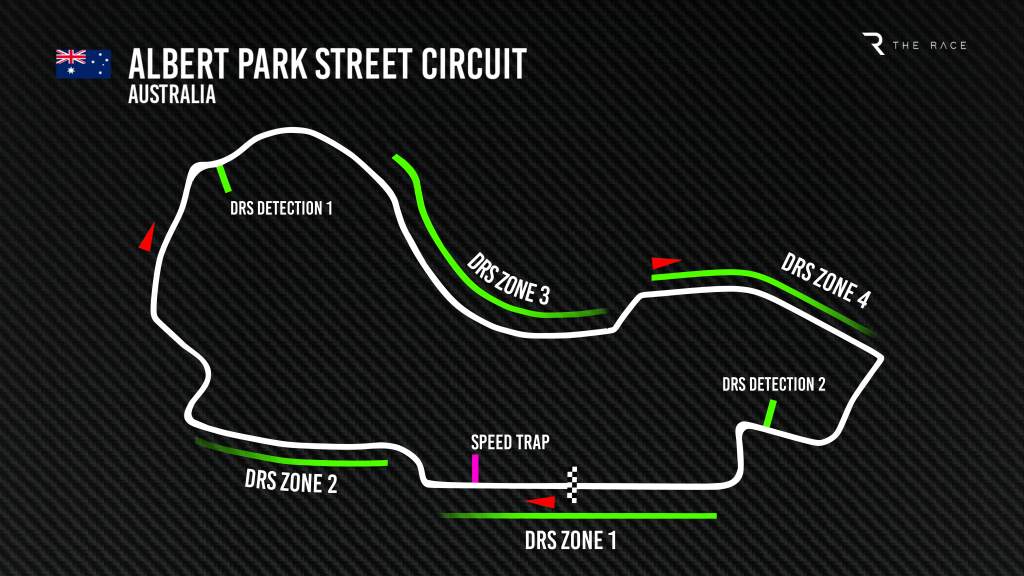
This runs through the modified part of the circuit, with the old Turn 8-9 right/left sequence removed to create a flat-out run from the exit of Turn 6-7 to Turn 9.
This has led to questions about whether overtaking will prove too easy in this weekend’s race after the first two grands prix of the season both featured Max Verstappen and Charles Leclerc engaging in a race-deciding battle that required strategic use of the DRS zones.
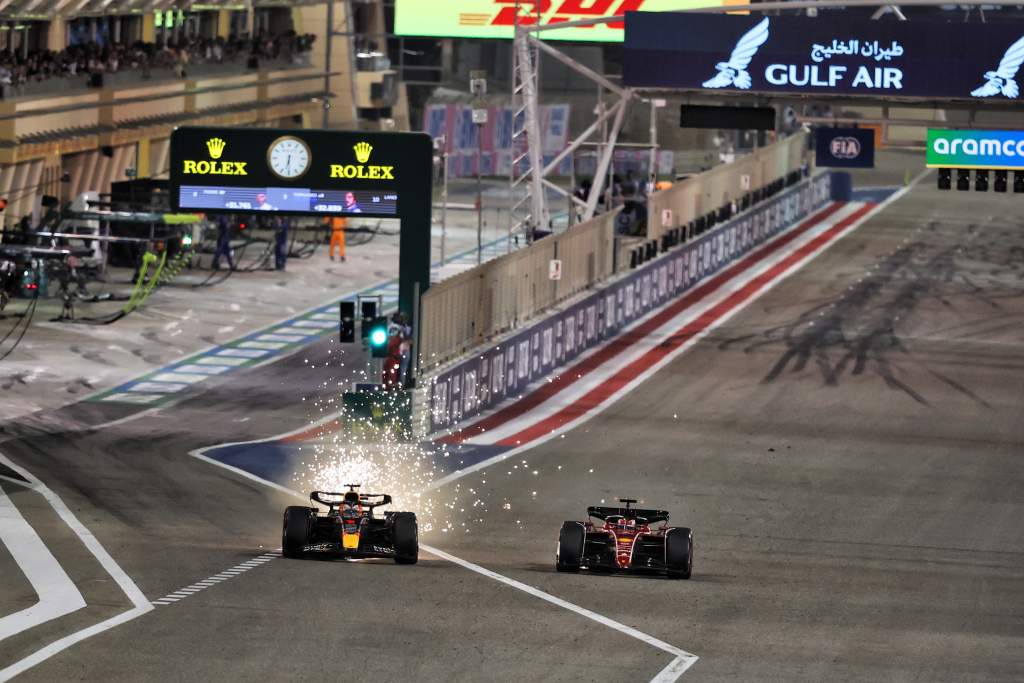
There are several reasons why introducing a fourth DRS zone is a logical move that is unlikely to create that style of battle.
The first of these is that Melbourne is not a circuit with a history of significant numbers of passes. In fact, it’s one of the more difficult circuits to pass at.
According to statistics released by Mercedes, the last race at Albert Park in 2019 featured just 10 passing moves – three ‘normal’ overtakes and seven using DRS. The previous year’s race featured just five passes, one ‘normal’ and four using the DRS.
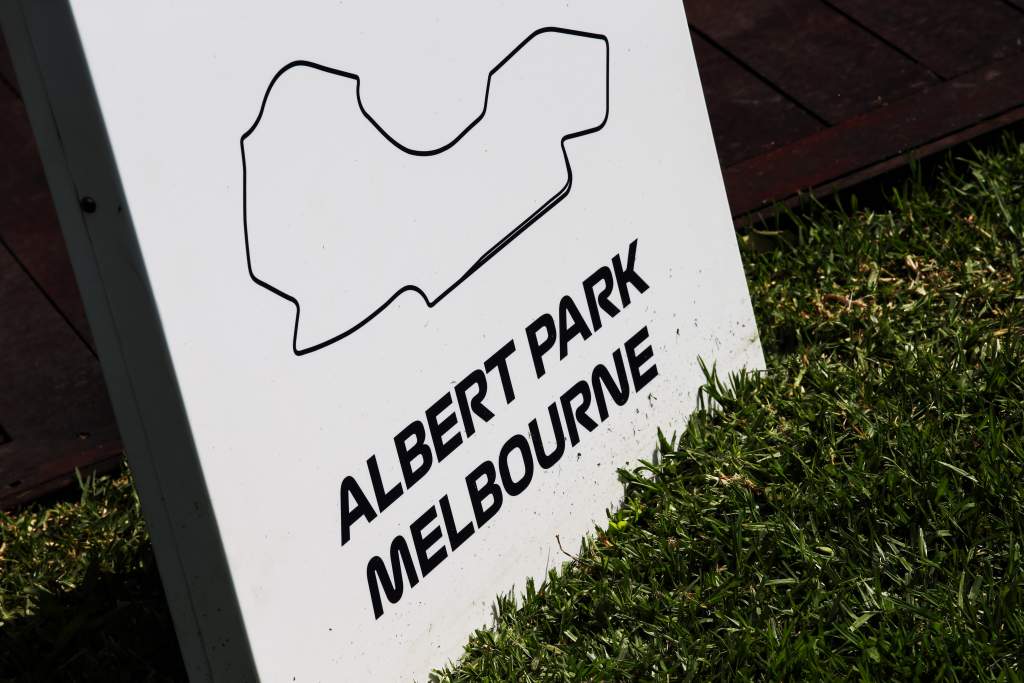
Secondly, the configuration of the track doesn’t lend itself to such passing and re-passing moves. Although there are two pairs of zones, there’s no DRS detection point splitting them. Therefore, if a pass is completed using the DRS in the first zone, the driver who has been overtaken won’t be able to benefit from the DRS to attack in the following zone.
This was a key characteristic of the battles for the lead in Bahrain and Saudi Arabia. In Bahrain, there were separate detection zones for the DRS zone on the start/finish straight and for the run to Turn 4. This meant that a driver behind approaching Turn 14 would get the DRS, but if they were ahead into Turn 1, with the next detection zone located just before the corner, they would be vulnerable on the run to Turn 4.
At the Jeddah Corniche circuit, there was a DRS zone just before Turn 22 for the DRS zone running to the last corner. There was then a fresh detection zone just before Turn 27, which meant a driver who was behind into the last turn would be able to attack using DRS on the run to Turn 1.
In both cases, there was an advantage conferred on the driver who hit the detection zones strategically. Leclerc’s win in Bahrain and Verstappen’s in Saudi Arabia were partly built on this.
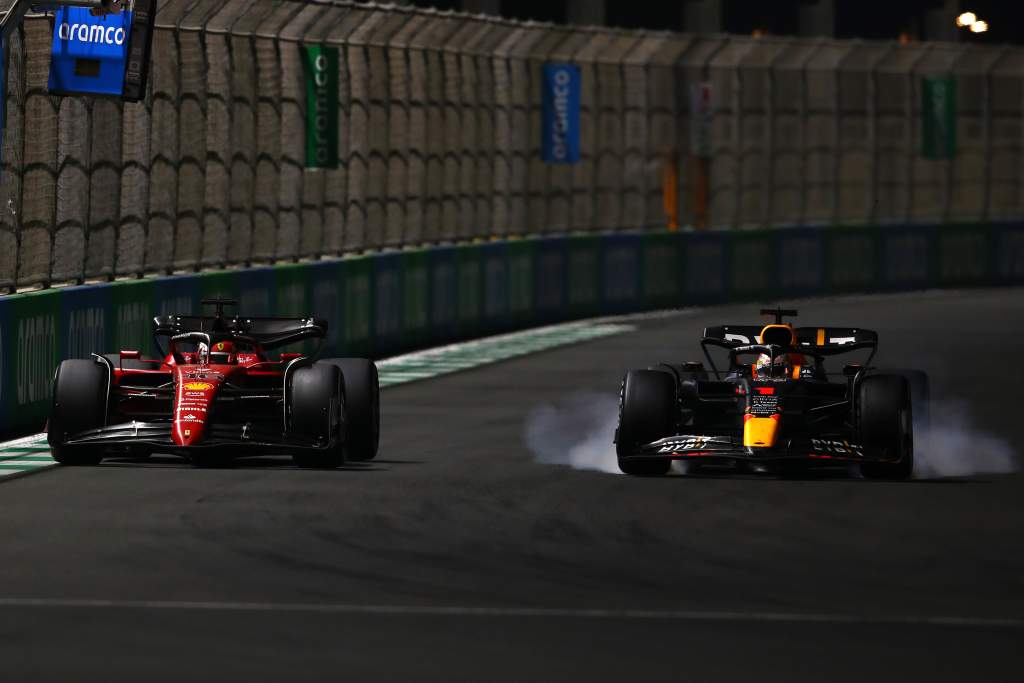
But in Australia, there’s no scope to do this. What’s more, history tells us that, even using DRS, moves on the start/finish straight are very rare except when there is a significant performance difference. Generally, the DRS zone on the run to Turn 1 is used to get closer to the car ahead to launch an attack through the next DRS zone and into Turn 3.
It’s more difficult to predict how the other zones will work together given the track has changed. But anyone making a pass using the DRS into Turn 9-10 will need to be clearly ahead into the corner given how quick it is.
Whether the DRS can be used to close into Turn 9-10 with a move launched into Turn 11, a fourth-gear right-hander on a quick lap, remains to be seen. But it doesn’t seem likely to offer the conditions for an easy pass even though the ground-effect aero of the 2022 cars should make following another car through the fast left/right sweep easier than it once was.
If the DRS zones do prove to be more effective than has historically been the case in Australia in allowing passing between two relatively evenly-matched cars, then it could mean that overtaking is too straightforward given there’s no chance for the car being overtaken to fight back.
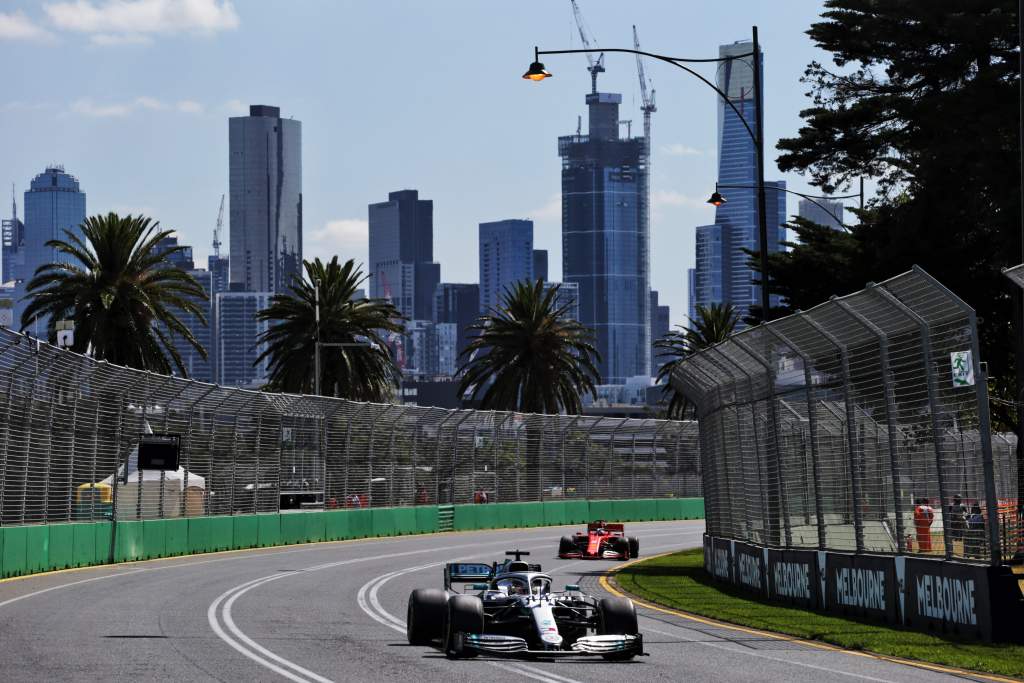
Perhaps even more significant than the potential for overtaking of the four DRS zones is the impact on car performance. The drag-reduction effect varies according to the rear wing design and the wing levels, so any car that’s particularly effective in this area – as for example the 2021 McLaren was at the Red Bull Ring – could gain given the greater percentage of the lap the DRS is available for in qualifying. As well as this potential impact on relative performance, it’s also another set-up variable teams must consider.
The DRS remains a controversial presence in F1. Introduced in 2011 as a band-aid to increase overtaking, it has proved effective but unpopular given the frequency of unopposed passes.
F1 hopes one day to be able to do away with the DRS, but that’s dependent on the ongoing attempts to improve the ‘raceability’ of the cars proving successful.
Both Bahrain and Saudi Arabia suggested following is easier with this generation of cars, but Albert Park is not an especially ‘raceable’ circuit. This will make this weekend perhaps the toughest test of the effectiveness of the new rules yet.


